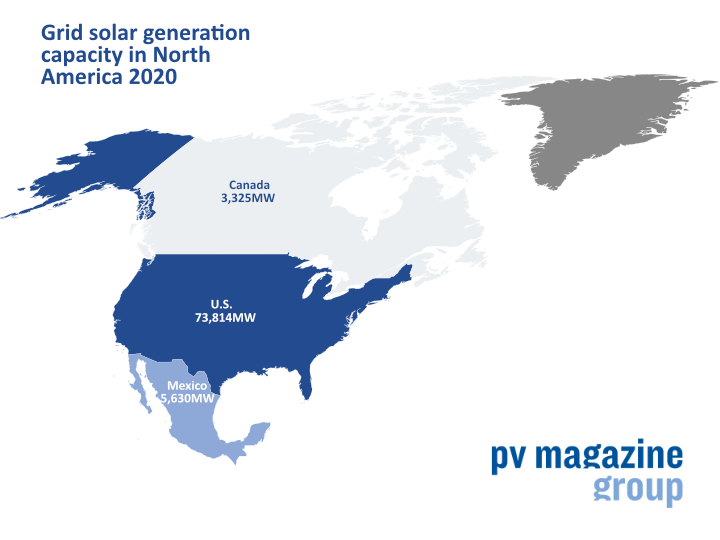The government of the Canadian province of Nova Scotia has headed off plans by privately-owned electric utility Nova Scotia Power Inc to impose a “solar tax” on net metering.
The electric company last month asked regulator the Nova Scotia Utility and Review Board – part of the provincial government – for permission to apply a monthly “system access charge” of CA$8 (US$6.29) per kilowatt of solar generation capacity installed by customers who participate in net metering, a system which sees them rewarded for excess electricity they generate which is fed into the grid.
With the charge due to be introduced from Feb. 1 next year, the provincial government on Wednesday announced regulation would be passed before that date to prevent household and commercial solar “prosumers” – who produce and consume electricity – from having to pay the fee. The Nova Scotia government also pledged to deliver further pro-solar measures, with the office of Nova Scotia premier Tim Houston stating: “These enhancements will make solar power more accessible to everyone, including renters, small businesses and marginalized communities. These changes will also allow for larger solar projects for communities, farms and businesses.”
pv magazine print edition
The move to block the net metering charge was welcomed by the Canadian Renewable Energy Association (CanREA), which said it would have removed around 60% of the economic value of solar arrays affected, driving up the payback period for such systems from 10-12 years to more than 20.
With the province aiming for 80% of its electricity to come from renewables this decade, Nova Scotia minister for natural resources and renewables, Tory Rushton, said: “We have come too far in our fight against climate change and expanding access to renewable energy to risk that progress. The changes we will bring forward will stop the proposed system access charge in its tracks today and provide certainty for our solar industry and rate-paying families investing in solar.”
CanREA recently published the nation's renewable energy statistics for 2021, which showed 288MW of utility scale solar plants were installed and the trade body said it expects more than 3GW of solar and wind capacity to be added this year and a similar figure next year.
The 677MW of wind capacity added last year took Canada to a 965MW new renewables figure which was the largest in the state since 2015, with the province of Alberta providing more than 60% of the clean energy facilities, and Saskatchewan 20%.
The trade body has estimated, though, Canada would need more than 5GW of new renewables capacity annually to achieve carbon neutrality in mid century.
This content is protected by copyright and may not be reused. If you want to cooperate with us and would like to reuse some of our content, please contact: editors@pv-magazine.com.




By submitting this form you agree to pv magazine using your data for the purposes of publishing your comment.
Your personal data will only be disclosed or otherwise transmitted to third parties for the purposes of spam filtering or if this is necessary for technical maintenance of the website. Any other transfer to third parties will not take place unless this is justified on the basis of applicable data protection regulations or if pv magazine is legally obliged to do so.
You may revoke this consent at any time with effect for the future, in which case your personal data will be deleted immediately. Otherwise, your data will be deleted if pv magazine has processed your request or the purpose of data storage is fulfilled.
Further information on data privacy can be found in our Data Protection Policy.